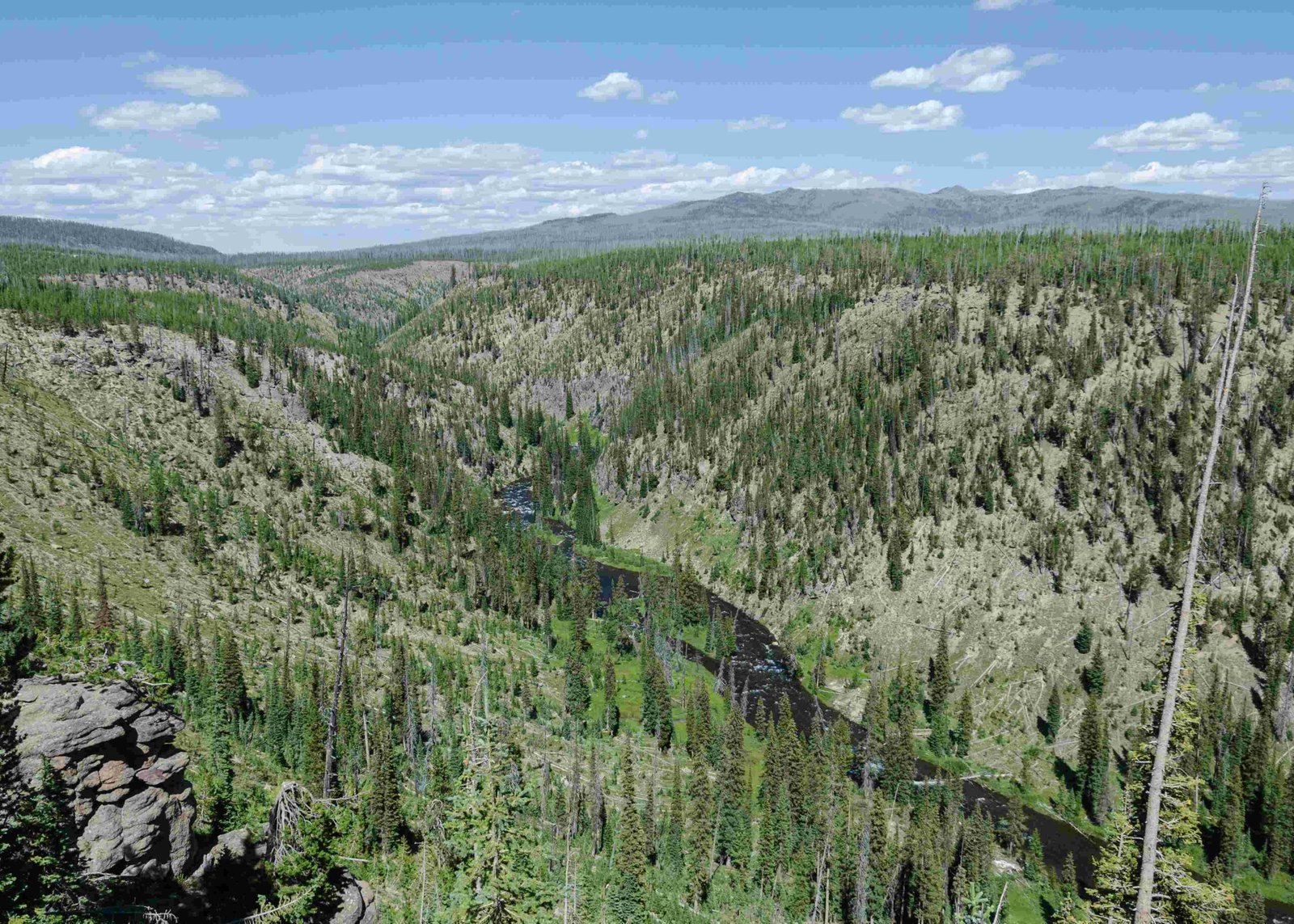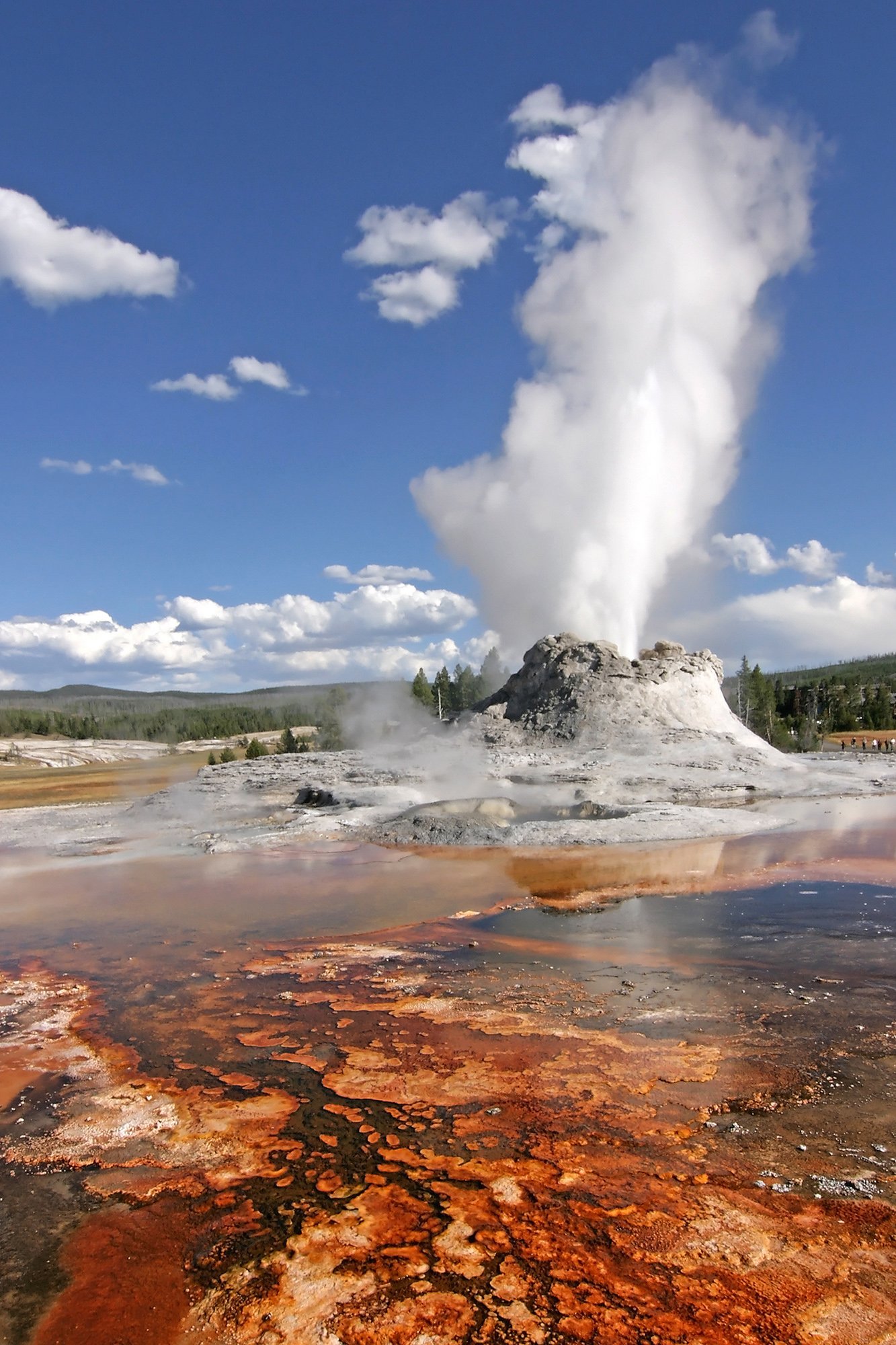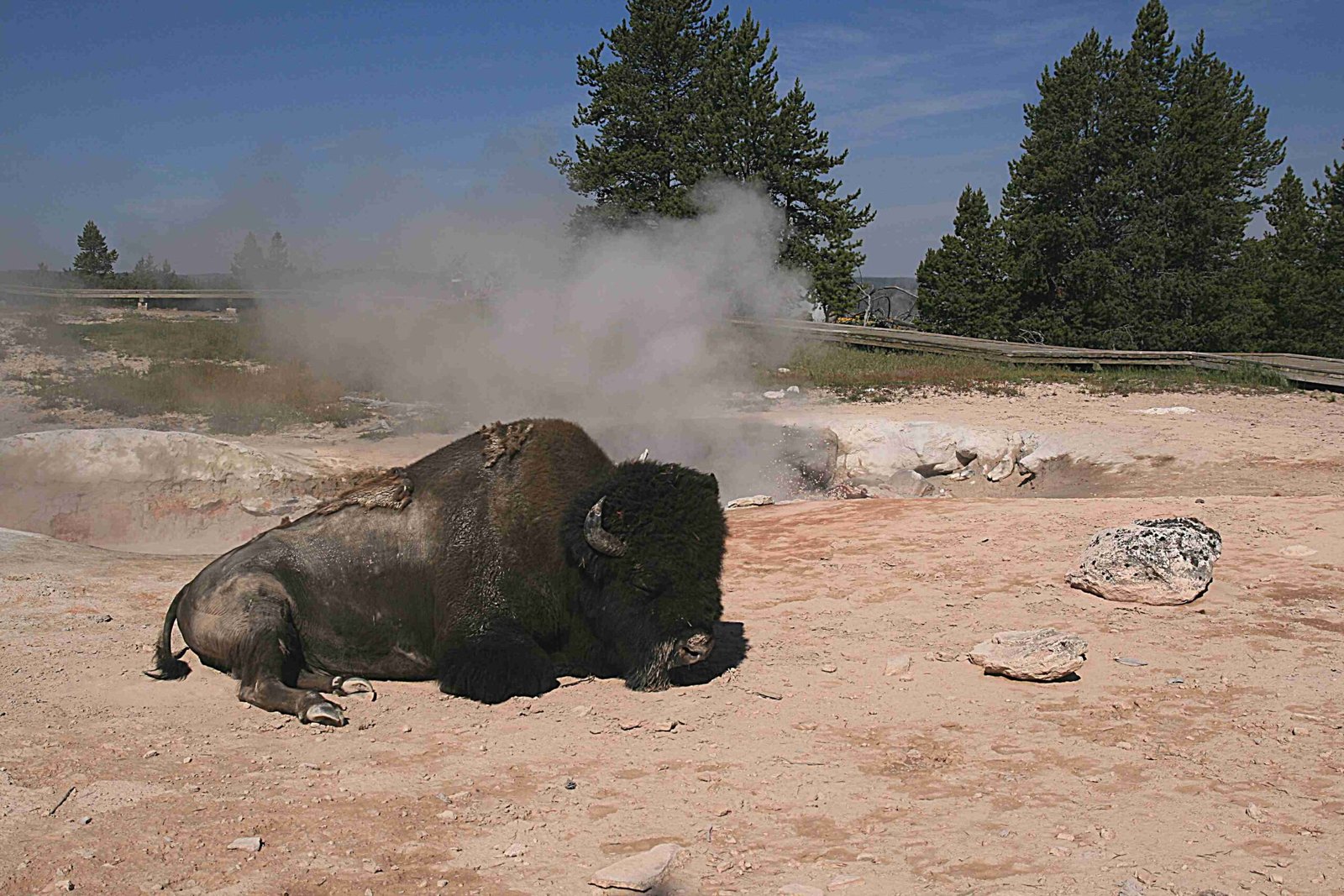John Muir’s book on Yellowstone National Park, part of his ‘Our National Parks’ collection published in 1901, offers a vivid portrayal of America’s first national park. Muir’s eloquent descriptions capture the park’s natural wonders, from its geothermal features to diverse ecosystems. His writings not only showcase Yellowstone’s beauty but also advocate for its conservation, emphasizing the park’s educational and spiritual significance for future generations.
What is the Historical Context of Muir’s Yellowstone Book?

John Muir’s Yellowstone National Park book is a chapter within his larger work ‘Our National Parks,’ published in 1901. This collection of essays originally appeared in the Atlantic Monthly, showcasing Muir’s experiences and observations from his visits to various national parks, including Yellowstone.
The historical context of Muir’s Yellowstone book is crucial to understanding its significance:
- Establishment of Yellowstone: The park was designated in 1872, predating Muir’s visit and writings.
- Conservation Movement: Muir’s work coincided with the growing conservation movement in the United States.
- Public Perception: His writings helped shift public view of Yellowstone from a curiosity to a holistic ecosystem worthy of protection.
- Scientific Exploration: Muir’s observations complemented earlier scientific expeditions, like that of Ferdinand Hayden.
How Does Muir Describe Yellowstone’s Natural Features?

Muir’s descriptions of Yellowstone’s natural features are both poetic and scientifically observant. He paints a vivid picture of the park’s diverse landscapes:
- Geothermal Features: Muir describes the geysers and hot springs with awe, noting their unique beauty and scientific interest.
- Grand Canyon of Yellowstone: He vividly portrays the colors and scale of this impressive geological formation.
- Yellowstone Lake: Muir emphasizes the lake’s vastness and its role in the park’s ecosystem.
- Forests and Meadows: He details the variety of plant life, from dense forests to open meadows.
Here’s a table summarizing some of Muir’s key descriptions:
| Feature | Muir’s Description |
|---|---|
| Geysers | “Snowy geysers” falling upward into the sky |
| Grand Canyon | Deep, resounding canyons |
| Yellowstone Lake | Calm and reflective |
| Forests | Abundant and diverse |
What Conservation Efforts Does Muir Advocate in His Book?
Muir’s Yellowstone book is not just a travelogue; it’s a call to action for conservation. He advocates for several key efforts:
- Preservation of Natural Beauty: Muir argues for protecting Yellowstone’s unique features for future generations.
- Wildlife Protection: He emphasizes the importance of preserving the park’s diverse fauna.
- Ecosystem Management: Muir promotes a holistic approach to managing the park’s interconnected ecosystems.
- Public Education: He stresses the educational value of Yellowstone for visitors.
- Government Involvement: Muir supports the role of federal agencies in park management and protection.
How Did Muir’s Visit to Yellowstone Influence His Writing?
Muir’s personal visit to Yellowstone in 1885 profoundly influenced his writing about the park:
- First-hand Observations: His descriptions are based on direct experiences, lending authenticity to his accounts.
- Emotional Connection: Muir’s writing conveys a deep emotional attachment to Yellowstone’s landscapes.
- Scientific Interest: His observations reflect a keen scientific curiosity about the park’s geological and biological features.
- Conservation Perspective: The visit reinforced Muir’s belief in the importance of preserving natural areas.
What Challenges to Conservation Does Muir Address in His Book?
Despite his enthusiasm for Yellowstone’s preservation, Muir acknowledges several challenges to conservation efforts:
- Resource Exploitation: He criticizes those who view the park solely as a source of economic resources.
- Political Mismanagement: Muir expresses concern about potential mismanagement by politicians.
- Public Indifference: He addresses the need to educate the public about the value of natural preservation.
- Balancing Access and Protection: Muir grapples with the challenge of allowing public enjoyment while preserving the park’s natural state.
How Does Muir’s Book Compare to Modern Writings on Yellowstone?
Comparing Muir’s book to modern writings on Yellowstone reveals both similarities and differences:
Similarities:
– Focus on natural beauty
– Emphasis on conservation
– Scientific observations
Differences:
– More poetic language in Muir’s work
– Less emphasis on human impact in Muir’s time
– Modern writings include more detailed scientific data
What Legacy Has Muir’s Yellowstone Book Left on National Park Literature?
The legacy of Muir’s Yellowstone book on national park literature is significant:
- Inspirational Writing: It set a standard for combining scientific observation with poetic description.
- Conservation Advocacy: Muir’s work inspired future generations of conservation writers.
- Public Engagement: The book helped popularize the concept of national parks among the general public.
- Educational Tool: It continues to be used as a reference for understanding Yellowstone’s history and ecology.
In conclusion, John Muir’s book on Yellowstone National Park remains a seminal work in both conservation literature and national park history. Its vivid descriptions, scientific observations, and passionate advocacy for preservation continue to inspire readers and conservationists alike, cementing Muir’s place as a key figure in the American environmental movement.
References:
1. University of Wisconsin Press: Our National Parks by John Muir
2. WyoHistory.org: John Muir in Yellowstone
3. Sierra Club: Chapter II The Yellowstone National Park

